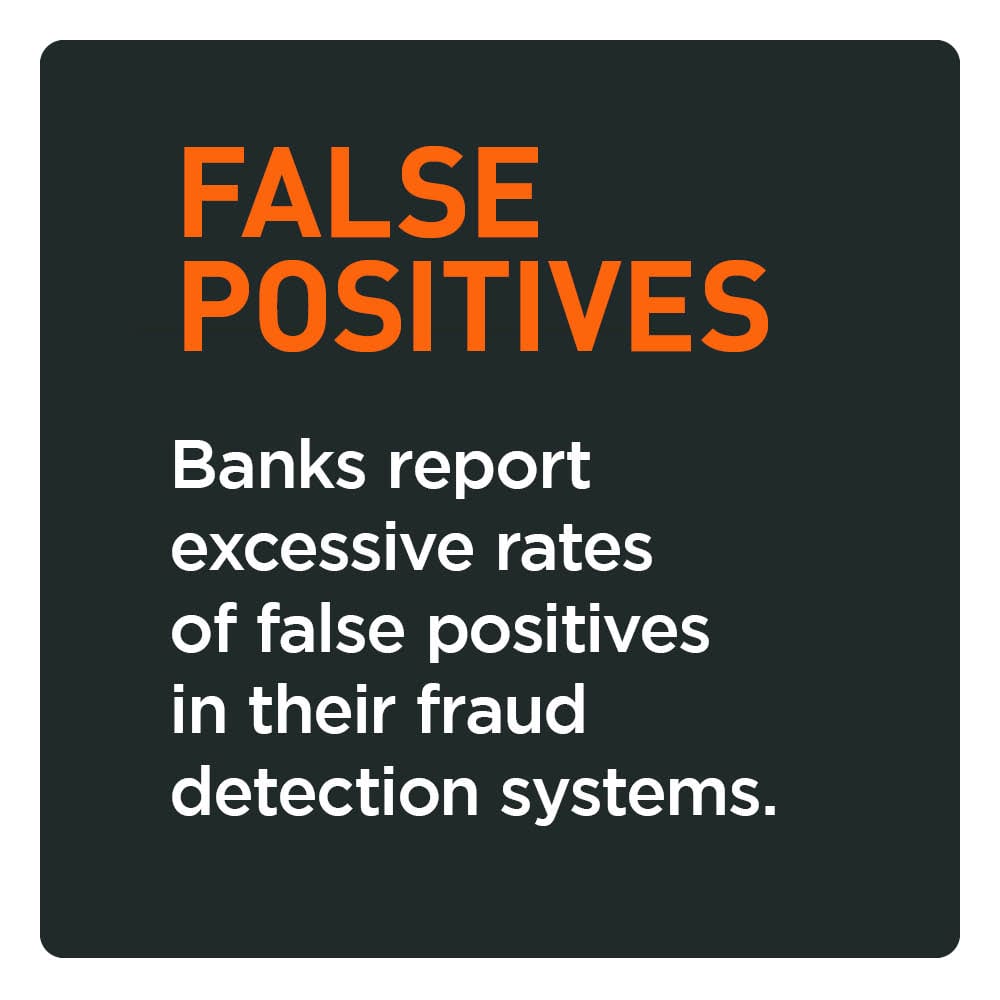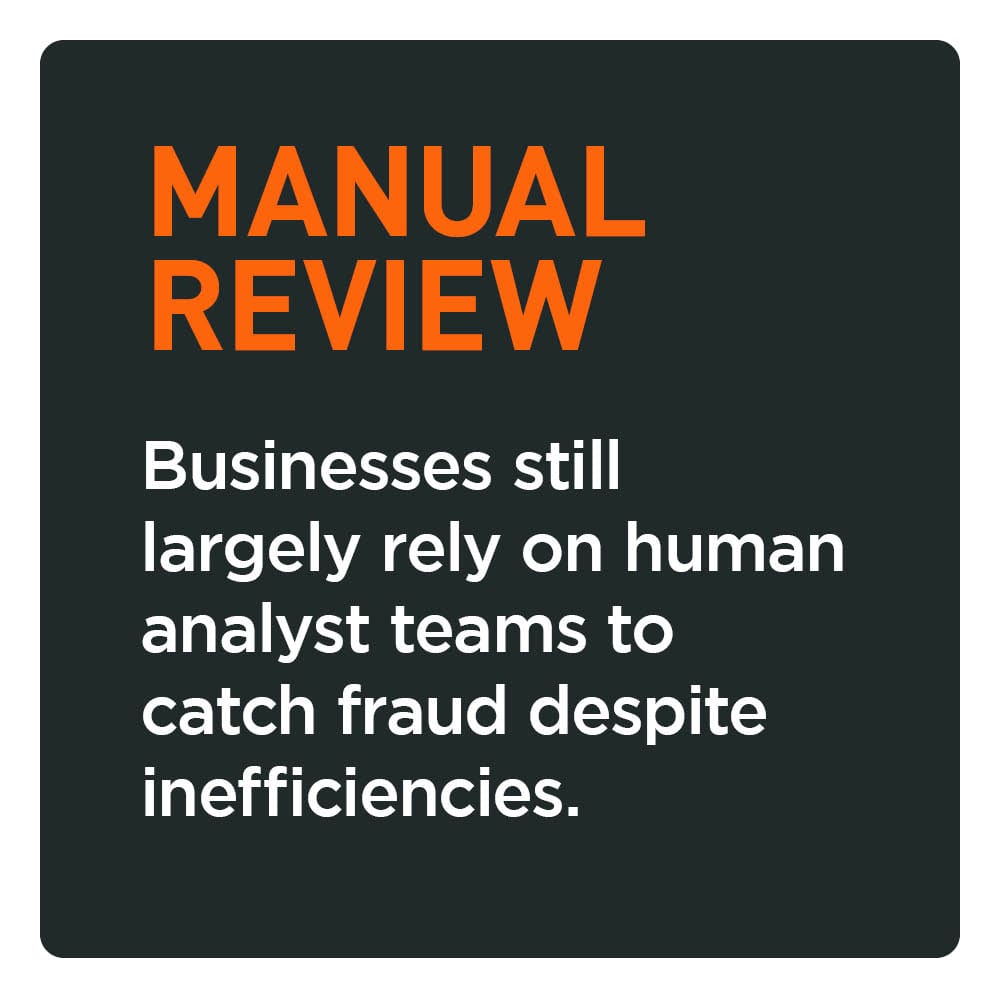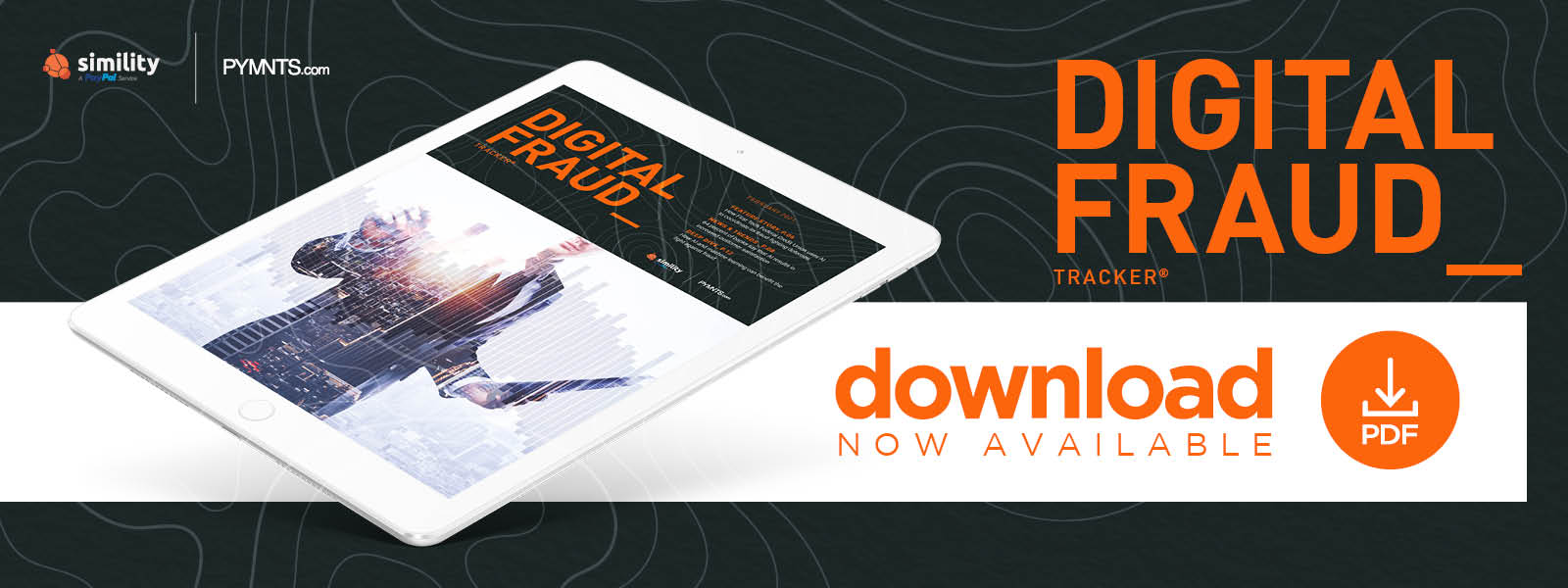AI: The Glue That Binds FIs’ Fraud Prevention Systems

Digital fraud has been on the upswing as the global health crisis continues, with losses due to pandemic-related scams like fraudulent Paycheck Protection Program (PPP) loans or the impersonation tax officials topping $100 million by August alone.
These trends are expected to continue well into 2021, with fraudsters relying on automated attacks, synthetic identities and pandemic-related vulnerabilities to prey on consumers, businesses and financial institutions (FIs).
Legacy cybercrime prevention systems like manual review and rules-based detection are still the name of the game for most companies, even though these methods are often found to be time-consuming and prone to result in false positives. Other businesses are beginning to develop artificial intelligence (AI) and machine learning-based (ML) systems, which can not only provide fraud detection capabilities on their own but also augment multilayered defensive systems.
In the February edition of the “Digital Fraud Tracker®,” PYMNTS explores the latest in the world of fraud prevention, including fraudsters’ favored tactics as the pandemic wears on, the weaknesses of many organizations’ existing fraud prevention efforts, and the advantages AI and ML can bring to the table.
Developments From the World of Digital Fraud
One of the biggest advantages of AI-based systems is their potential to reduce or completely mitigate some of the frictions that occur with older fraud prevention methods. A survey found that 45% of FIs reported that fraud investigations take too long to complete, and some banks even found false-positive rates of as much as 90%. AI could be crucial to helping FIs overcome these difficulties, with 80% of fraud prevention experts and 64% of banks agreeing that the technology reduces payment fraud rates. Top-tier FIs are still the most likely to deploy AI solutions, however, with just nearly 6% of all FIs doing so. This is likely due to the costs involved in rolling out such systems, meaning AI solution providers would do well to focus on making the technology more obtainable for banks of all sizes.
 AI carries a multitude of advantages in addition to its fraud prevention abilities. A PYMNTS study found that 36% of banks that use AI reported improvements in their anti-money laundering (AML) capabilities, and 55% said their false-positive rates for legitimate customer transactions went down. Increased customer satisfaction was another significant boon, as reported by 64% of FIs, while another 64% said their charge-off rates had also declined since implementing such systems.
AI carries a multitude of advantages in addition to its fraud prevention abilities. A PYMNTS study found that 36% of banks that use AI reported improvements in their anti-money laundering (AML) capabilities, and 55% said their false-positive rates for legitimate customer transactions went down. Increased customer satisfaction was another significant boon, as reported by 64% of FIs, while another 64% said their charge-off rates had also declined since implementing such systems.
Most organizations still rely on legacy systems like rules-based detection manual review to fight cybercrime despite the advantages that AI can deliver. A survey found that 83% of businesses in North America relied on manual reviews for fraud detection, with fraud prevention and analysis teams inspecting 29% of transactions on average. Other businesses automate their cybercrime prevention measures using rules-based review, which is currently deployed by 90% of online fraud detection platforms.
For more on these and other digital fraud news items, download this month’s Tracker.
First Tech Federal Credit Union on How AI Helps Coordinate Multilayered Fraud-Fighting Measures
Banks, credit unions (CUs) and other FIs face a vast array of cybercrime threats and thus require an equally diverse set of defenses to keep themselves and their customers safe, but making sure all of these defenses work together effectively can be a tall order.
In this month’s Feature Story, PYMNTS spoke with Mike Upton, chief digital and technology officer at First Tech Federal Credit Union, about how AI can help FIs ensure their multilayered defense systems add up to greater than the sum of their parts through their advanced coordination and threat analysis capabilities.
Deep Dive: The Benefits of AI and ML for Fighting Fraud
Digital fraud is a pervasive threat for a wide range of industries, including but not limited to retail, banking and eCommerce. Most organizations still rely on a combination of rules-based analysis and manual review to detect fraud, but these tactics often result in low fraud detection rates and many false positives that could inconvenience legitimate customers.
This month’s Deep Dive explores how AI- and ML-based systems can ease these difficulties and provide a more secure and seamless experiences for customers and staff.
About the Tracker
The “Digital Fraud Tracker®,” done in collaboration with Simility, is your go-to monthly resource for updates on trends and changes in digital fraud prevention.


